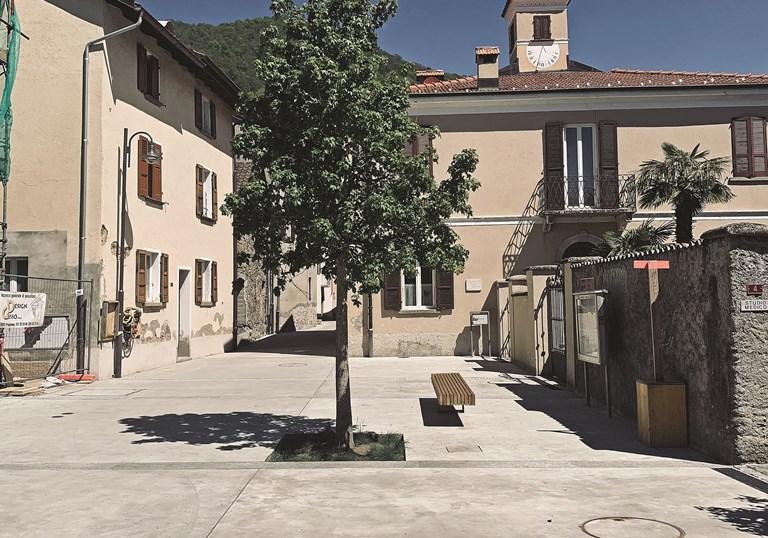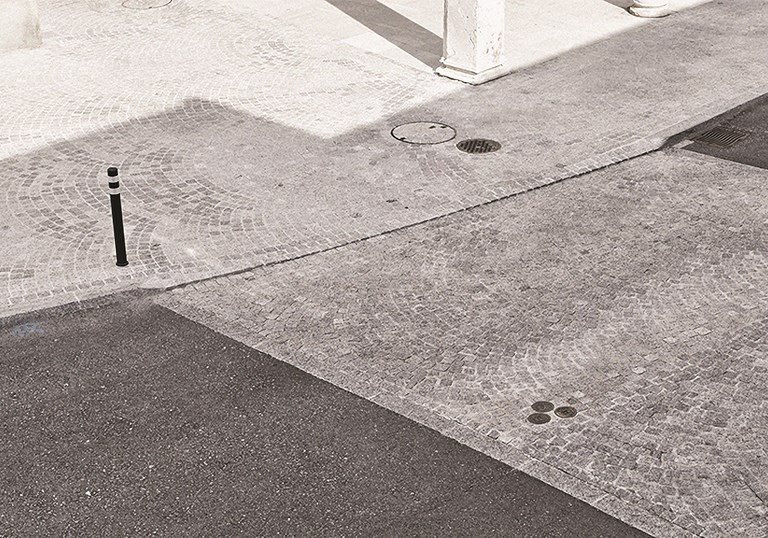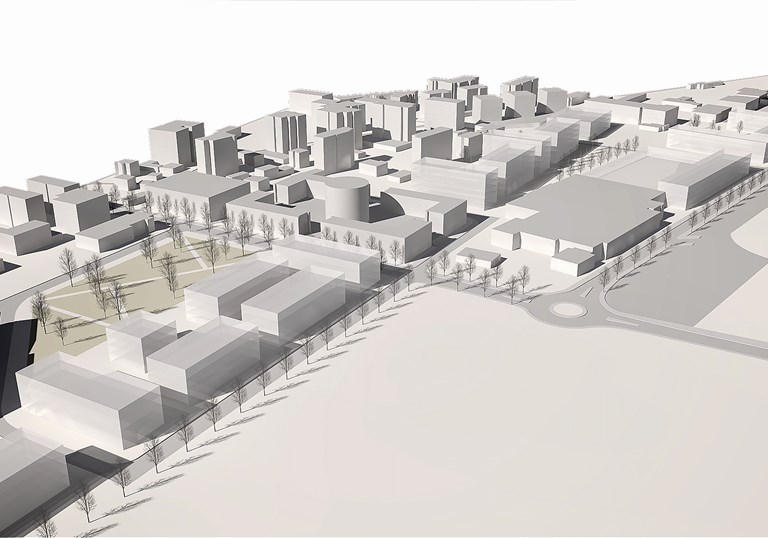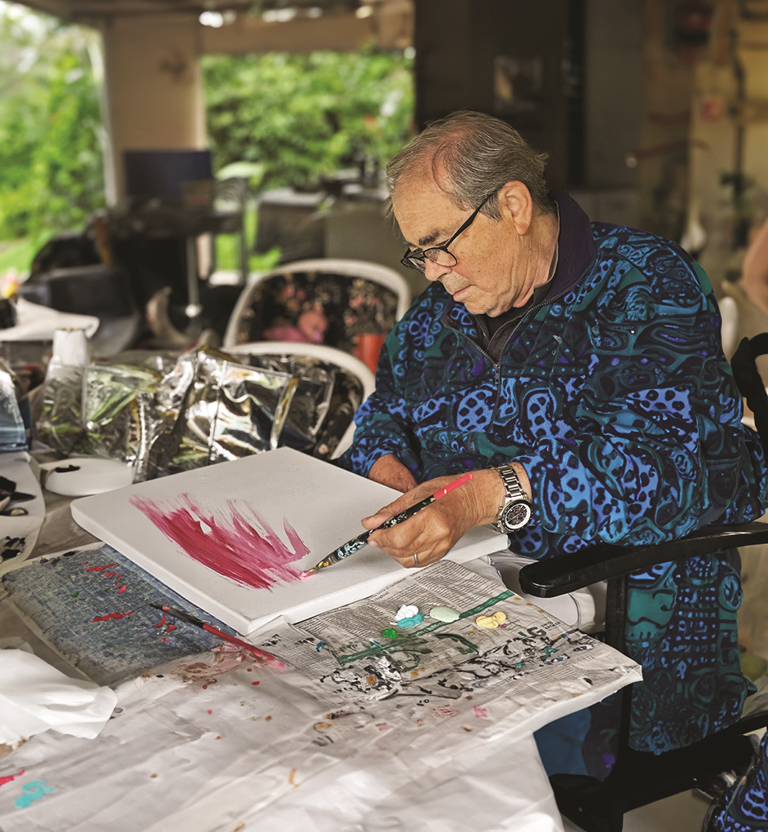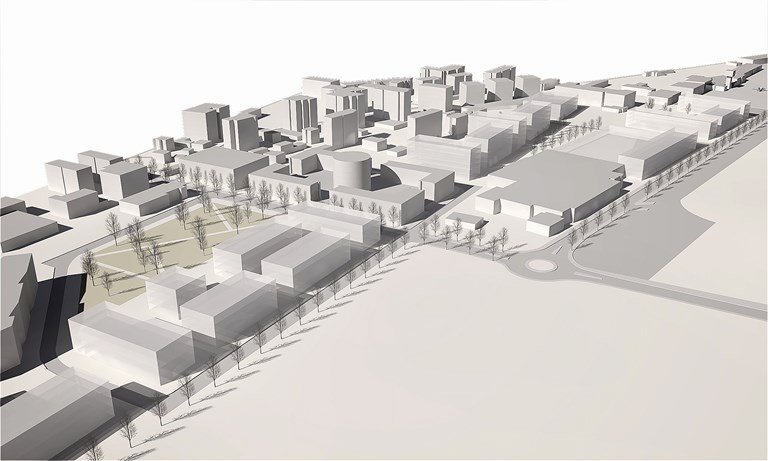
Build less, build better
The territory is not infinite. In areas with a natural landscape value and a delicate hydrogeological balance, it is therefore essential that an urban and building culture is developed.
What does that mean? It means establishing which model of society is desired, which liveability to give to the towns and how to find a balance between territorial, environmental and economic needs.
This is what those involved in spatial planning are called upon to do. It is not just about technical skills, but about knowledge of the subject associated with the ability to listen and synthesis. We talk about it with Sergio Rovelli and Tommaso Piazza di Planidea, a study of land planning and urban planning based in Canobbio.
First of all, how do you become a planner?
Sergio Rovelli: “At the federal level there is the REG, the Foundation of the Swiss Registers of Professionals in the fields of engineering, architecture and the environment. Those who have obtained a higher education in Spatial Planning, proven by adequate professional experience, like me and Tommaso can register with the REG A.”
Tommaso Piazza: “For example, after a basic training in geography, I chose to follow a specific master in Spatial Planning at the University of Geneva, following which I was able to enrol in the REG A and be a full member of the Swiss Federation of Urban Planners.”
Sergio Rovelli: “I, on the other hand, after graduating as a rural engineer, which today is called an environmental engineer, and which combines subjects such as statics and botany, followed and concluded my postgraduate course in Spatial Planning at the ENT Institute of Zurich Polytechnic.”
What other skills does your team have?
Sergio Rovelli: “The multidisciplinary nature of spatial planning requires that engineers, geographers, urban planners, architects, but also graduates in environmental sciences and designers works together.”
When is Planidea born?
Sergio Rovelli: “At the beginning there was the collaboration between the engineers Lepori and Borella. Then in 1991 I, together with the engineer Borella, created Planidea SA. With time, Borella retired and now there is a new phase of updating and growth. Tommaso took over from me in the direction. The aim is to develop the skills needed to keep up with the times and the evolution of urbanism and planning in increasingly complex ways.”
An example of a project of particular interest?
Tommaso Piazza: “Every year we follow numerous variations of the town plan, which can also be very different from each other, in terms of complexity and issues addressed. We also follow some general revision of a town development plan, draft but of less frequent intense activities. However, there are two issues that will become increasingly important. The first concerns the verification of the size of the building areas, which is a predominantly technical issue, but with very complex political, economic and legal implications. The second relates to PACs, the municipal action programmes, also called masterplan or PDCom, municipal director plan. In this case, different disciplines related to urban planning, the environment, the landscape and mobility are combined in a vision that is not only technical but also strategic. It is a necessary work of mediation of the City Hall in order to arrive at a strategic vision of the own territory that allows one to evolve the Town Plans in a picture bearer of a vision of together and politically consolidated. So far, we have set up PACs for about fifteen municipalities, such as: Sorengo, Comano and Monteceneri. With an interdisciplinary group, we also had the opportunity to participate in the parallel study mandate for the preparation of the PDCom of the City of Lugano.”
How has spatial planning changed over the years?
Sergio Rovelli: “We can say that the first generation of regulatory plans between the late 1970s and early 2000s were designed to build without placing too many limits.
Now we can say that it has often not been a far-sighted choice, because it has been realized that territory has been wasted and landscape value has been lost. With the vote of 2013, the Swiss people took note of this situation and as a result, today in Ticino the regulatory plans can no longer predict the increase of the building perimeter. Today we are called to bring the quality of construction into the existing fabric and into the still free interstitial areas, which also pass through the creation of community spaces for a better quality of life.”
Has your profession become more difficult?
Sergio Rovelli: “The new approach, established in 2013, implies a growth in the perception of the citizen of what it means to plan the territory. If before every owner could hope to have a piece of building land and be free to build there, today we must instead tell him what and how he can build and this means creating potential conflict. We must therefore act not only technically, but also to ensure that the choices are made politically and democratically. This is a demanding operation in terms of resources and that goes beyond the strictly urban planning and planning skills.”
Why does everyone have their reasons?
“Yes, there are the interests of property owners and property developers who want to continue building without too many restrictions, and those those who want more environmental protection and promotion of the quality of settlements. We need instruments that agree on the protection of the territory and economy, because without the resources of the second you can not do the first and without the first, the second will soon find itself without arguments.”
The development of mobility has conditioned the urban choices of the past. Now?
Sergio Rovelli: “In the 50s and 60s the mass diffusion of the car was associated with the idea of freedom, now in the big cities they have become a problem for the quality of life of the residents and they try to reverse the trend.”
And on a Ticino level?
Tommaso Piazza: “There are still regional infrastructure projects, such as the expansion of the motorway between Lugano and Mendrisio, the Agno-Bioggio bypass, but at the municipal level, only rarely faced with the need to create new road connections; It is often the result of timely measures to adapt and complete the existing network. In the masterplans there is a desire to manage mobility in a more sustainable way.”
Sergio Rovelli: “We must think that in cities space is limited and we must find a balance: alternative mobility to private motorised mobility must not be an ideological choice but serve to live better.”
Tommaso Piazza: “Mobility is linked, above all, to habit and trying to change, even in a minimal way, people’s habits often finds resistance. For example, the areas that become 30km per hour see the resistance of a fringe of the population that fears losing time, when in reality, the average journey times remain almost unchanged.”
The international trend is to revitalise the districts of big cities. In Ticino?
Sergio Rovelli: “In our cities we are already quite close to the Parisian model; there are shops and distributed services. The most critical is in the suburbs, where there is a high mortality of shops or there is no longer even a restaurant. We need to understand if we can reverse this trend.”
Tommaso Piazza: “When you move away from the centre, there is not always the critical mass that justifies the economy of a store. We must think of other models: public or public-private, such as consortia or cooperatives. Otherwise, the suburbs will only see residences of people who move then to reach services creating more traffic.”
Not only masterplan lives the planner, what other services do you do?
Sergio Rovelli: “We also deal with the design of public spaces and environmental studies. We follow, for example, the construction sites from the point of view of environmental protection. They are complementary activities that help us to better understand the strategic needs of the territory and how they can be realized.”
Mr Piazza, you studied and worked in planning in French-speaking Switzerland before returning to Ticino. Did you notice any differences?
Tommaso Piazza: “There is a fundamental difference that derives from the laws, specific to the individual cantons. The municipalities in Geneva do not have a proper zoning plan, which is managed at cantonal level, while the main task assigned to the municipalities is to draw up their own Municipal Director Plan. But there is above all a difference in sensitivity. In Geneva, it is now an established practice to provide for a phase of involvement of associations, the population and various stakeholders, which bring a so-called “ground experience”. In Ticino, however, there are already similar examples and we are gradually moving in this direction, which reduces the potential conflict but requires more resources and skills not only technical.”
And outside of work, what does a planner do?
Tommaso Piazza: “I love Ticino very much, that’s why I chose to go back, despite having studied and worked in Geneva. Because I believe that knowledge and passion for the territory are fundamental to give greater motivation to our work. My way of living it out of the office is mostly fishing.”
Creeks or lakes?
Tommaso Piazza: “Both of them, I like to fish. It is a great way to experience the territory at a slower pace, going to see places not frequented. And then my other passion is hockey.”
And you, Mr Rovelli?
Sergio Rovelli: “I, on the other hand, love to go to the mountains. My passion is not mountaineering. I don’t want to go to the top but to live a more exploratory dimension. As a boy, I was fascinated by Walter Bonatti’s reports and over the years I managed to reach some of the mountains and volcanoes that he had so well described, from Venezuela to Uganda, to Indonesia. So I live the mountain with an ecological and anthropological approach, I try to understand everything that revolves around it and the magic that this unleashes.”
Sergio Rovelli
Year of birth: 1959
Profession: Planner REG A
After graduating in rural engineering, he attended a course in Spatial Planning at the ORL Institute in Zurich and in 1991 and with engineer Borella founded Planidea SA, of which he is currently president. He lives in Sala Capriasca, is married and has a daughter and a son. He is passionate about mountains and travelling, with an “ecological and anthropological’ approach.
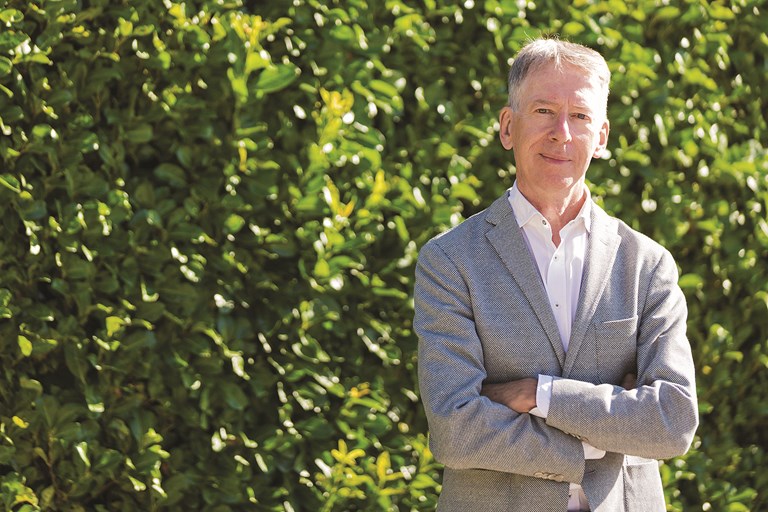
Tommaso Piazza
Year of birth: 1991
Profession: Planner REG A
After training as a geographer, he obtained a master’s degree in spatial planning in Geneva. After professional experience in French-speaking Switzerland, he returned to live with his wife in Lugano. He holds the position of director at Planidea SA. He enjoys fishing on Ticino’s lakes and streams and playing hockey.
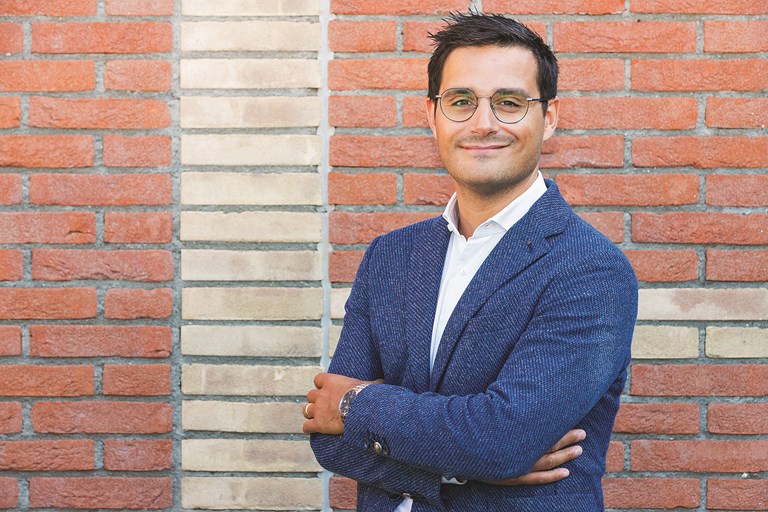
Welcome to the family!
Planidea SA was founded in 1991 and is a consulting company, based in Canobbio, specialising in spatial planning. In 2023, it became part of the Galli Group. This is a further step in the group’s continuation of the “create, live, live’ chain. The design, construction, consultancy and property management activities are now complemented by spatial planning. From strategy to finalisation, the Galli Group now counts on companies with solid roots and projected towards the challenges of the future.
We must think that in cities space is limited and we must find a balance.


